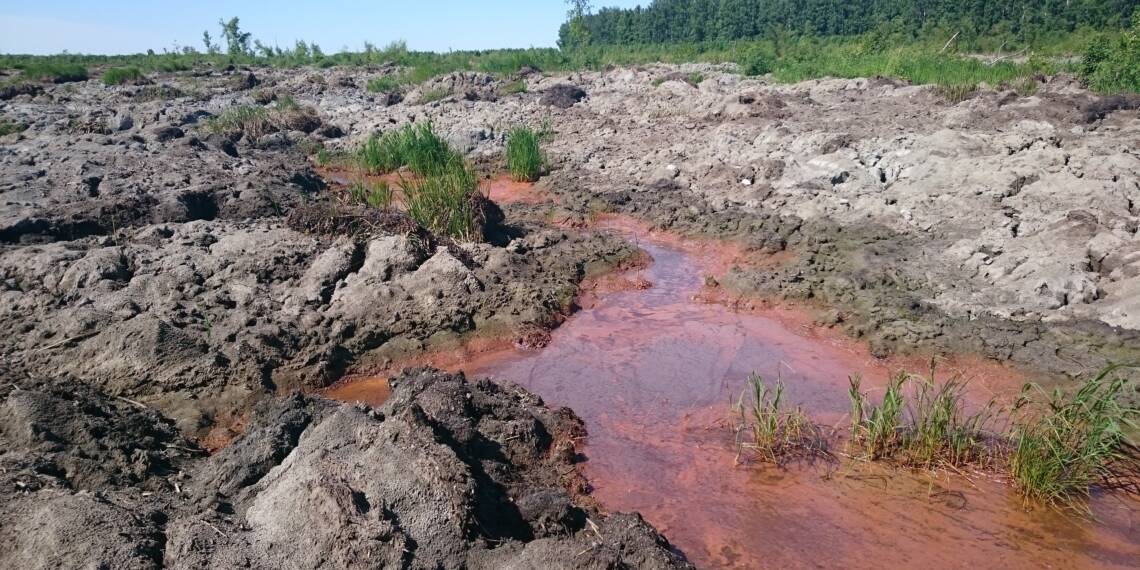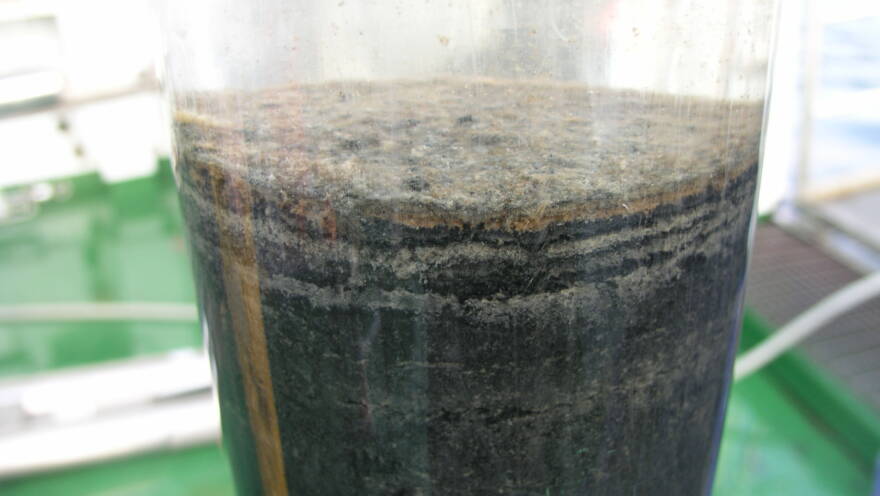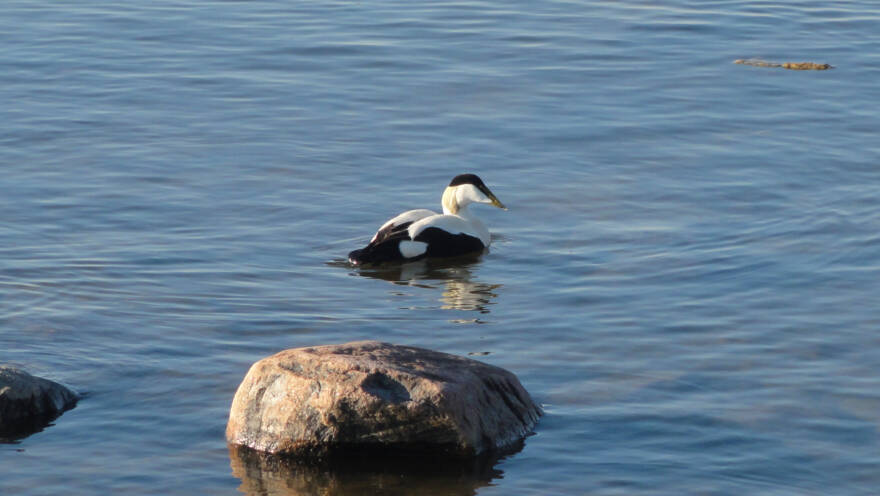
Acidic sulphate soils leach metals into the Baltic Sea
There are areas in the Baltic Sea catchment basin where the chemical properties of the soil facilitate the transport of harmful substances into waterways. The most common problematic soil type is the so-called acid sulphate soil.
Acid sulfate soils are sulfur-rich deposits formed on the seabed, which have risen to dry land as the land has uplifted. If these sulfur-rich deposits become oxidised, their pH drops to very low levels.
Acidity dissolves environmentally harmful metals from soil minerals. When it rains, metals can continue to leach into waterways and from there to the sea.
Ostrobothnia particularly suffers from acidic soil and metals leaching into the water
Most of the acidic sulphate soils in the Baltic Sea catchment basin are located in Ostrobothnia. These former seafloor sediment layers of the ancient Littorina Sea are nowadays often cultivated or lie under layers of peat, forming the bottom of marshy areas.
Due to land uplift and the drainage of marshes, the acidic water and harmful metals dissolved therein are leached into waterways. Examples of water-borne metals include cadmium, zinc, and aluminium.
The amount of leaching depends a lot on the weather. If a long dry period is followed by heavy rainfall, the pH of the water will be very low. This will significantly increase the acid and metal load in waterways and the sea.
Soil and water acidity have affected fish stocks
It has been estimated that many locally and regionally important fish stocks along the west coast of Finland have been severely weakened by yhe loading from acidic sulphate soils. This toxicity interferes with the reproduction of migratory fish and causes fish kills. In particular, salmonid (trout, salmon, grayling) and cyprinid (roach, bream, etc.) fish are sensitive to water acidity.
Due to human activities, both soil tillage in acidic sulphate soils and its effects have intensified in recent years. This increases the risk of harm to aquatic organisms.
Limiting the damage requires investments
The damages caused by draining fields can be reduced by controlled subsurface drainage. The harm caused by both peat production and forestry, in turn, can be reduced by new drainage regulation methods.
However, the cost of these methods slows down their implementation. This problem should also be addressed in environmental support schemes. Achieving a good quality water status, particularly in places like Ostrobothnia, also requires reducing the damage caused by acidic sulphate soils.
-
 Find out more
Find out moreSediment deposits
-
 Find out more
Find out moreEffects of harmful substances